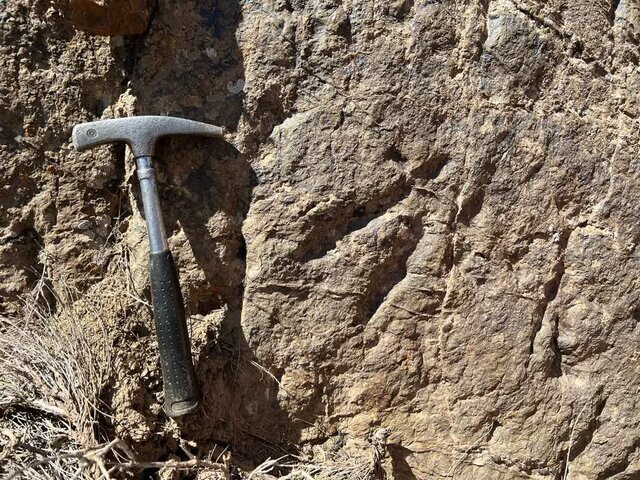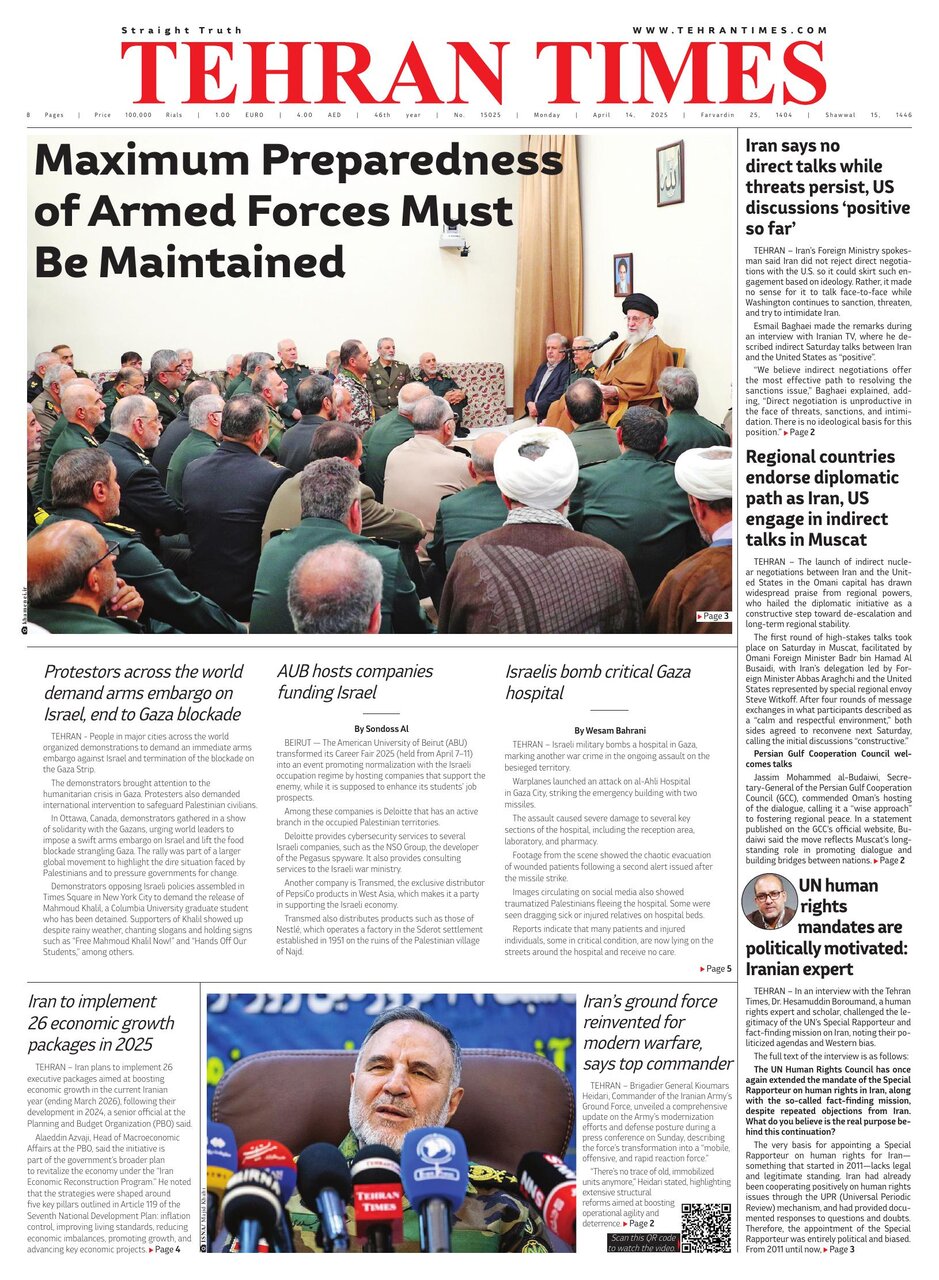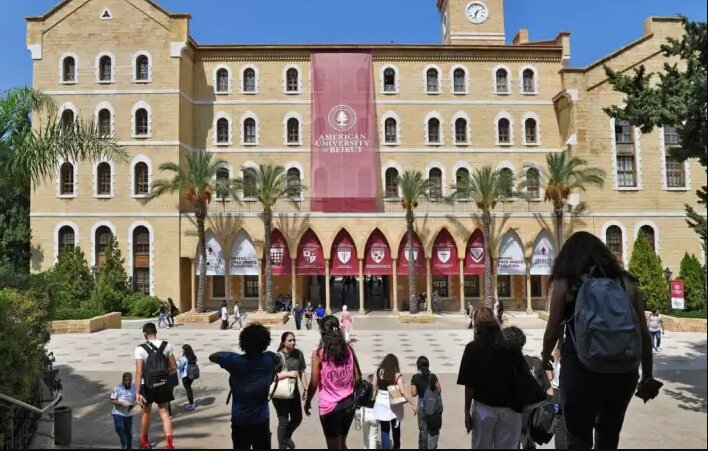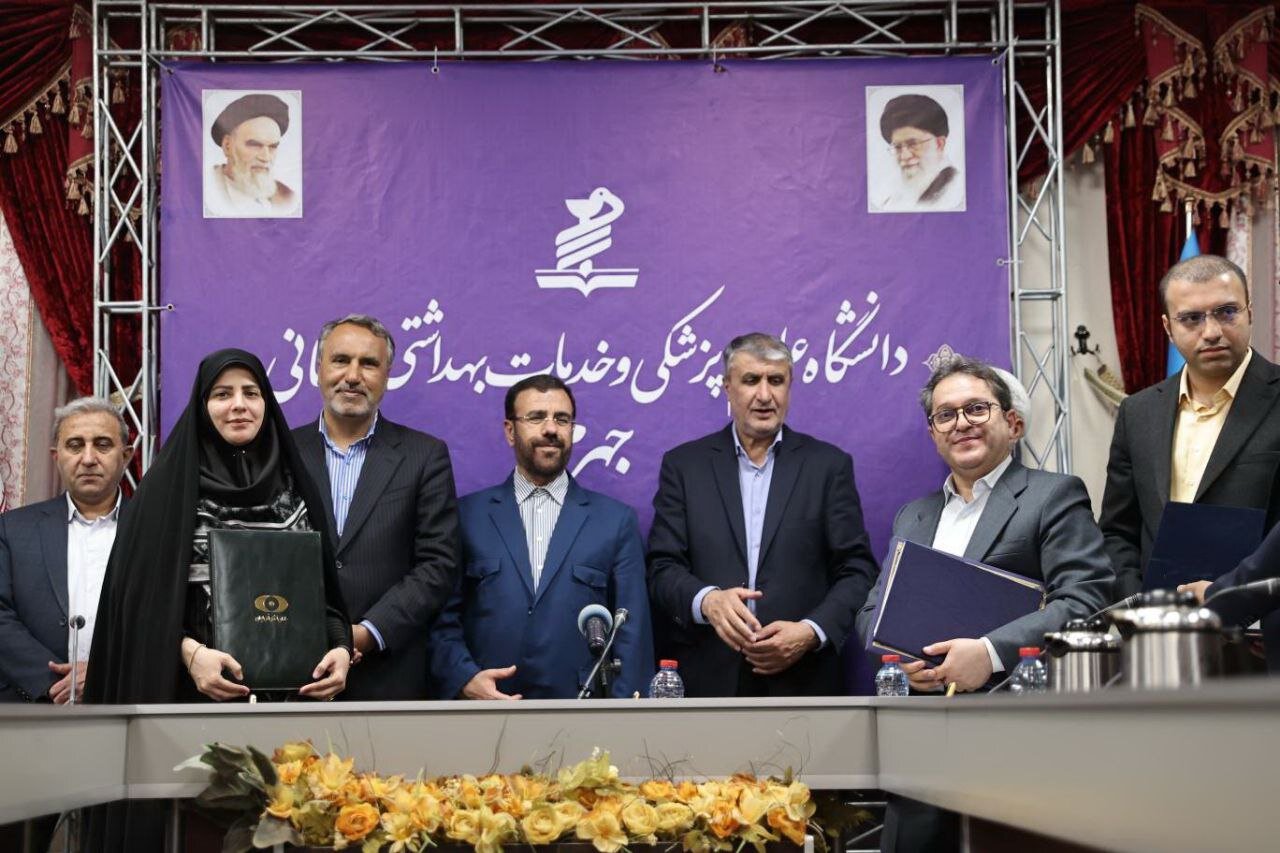
Tehran Construction of Lenj boats is an ancient indigenous craft along the northern coasts of the Persian Gulf that has historically played an essential function in navigation, trade, and the livelihoods of southern Irans people.Skills referring to the building and construction of Lenj boats and sailing them were contributed to UNESCOs World Heritage List as Irans intangible cultural heritage in 2011.
Added to UNESCOs list of intangible cultural heritage, this industry now faces various threats and needs concerted efforts for its preservation and revival, IRNA reported.Wooden Lenj boats which are made by knowledgeable residents, have cruised in Persian Gulf waters for centuries.
They are thought about a sign of Irans cultural identity and global heritage.However, this ancient art deals with challenges like replacement with fiberglass boats, high manufacturing expenses, low need, and carelessness of conventional skills.However, over the previous number of years, there have been crucial voices warning about an impending hazard to that time-honored knowledge, which is tied to lots of cultural values.Moreover, there are growing concerns that this component is at risk of being eliminated from UNESCOs list of intangible cultural heritage.Generally speaking, the UN acknowledgment identifies the importance of the conservation and protection of the Lenj building and construction boat as the unique maritime heritage of southern Iranian coasts.The Iranian Lenj boats are generally hand-built and utilized by the individuals of the north coast of the Persian Gulf for sea voyages, trade, fishing, and pearling.
As discussed by the UN cultural body, the standard knowledge surrounding Lenj vessels consists of oral literature, performing arts, and celebrations, in addition to sailing and navigation methods as well as terms and weather condition forecasting related to sailing, and the ability of boating.The maritime understanding utilized for cruising in Lenjs is traditionally given from dad to son.
Iranian navigators can find ships based on the positions of the sun, the moon, and stars; they used unique solutions to compute latitude and longitude, as well as water depth.As for the impending threats, several elements contribute to the prospective loss of UNESCO status for that ability gave from generation to generation.Firstly, a fast speed of modernization and urbanization in Iran, specifically in the coastal locations, has actually resulted in a decrease in the practice and spread of conventional skills connected to Lenj structure and sailing.Moreover, the younger generations are increasingly losing interest in acquiring these abilities, selecting more modern types of employment.Secondly, as the world ends up being more interconnected, standard practices and cultural heritage are gradually being worn down when young people are exposed to a globalized culture, which triggers modifications in worths, way of lives, and preferences.KD.
This post first appeared/also appeared in https://www.tehrantimes.com

 18
18


















